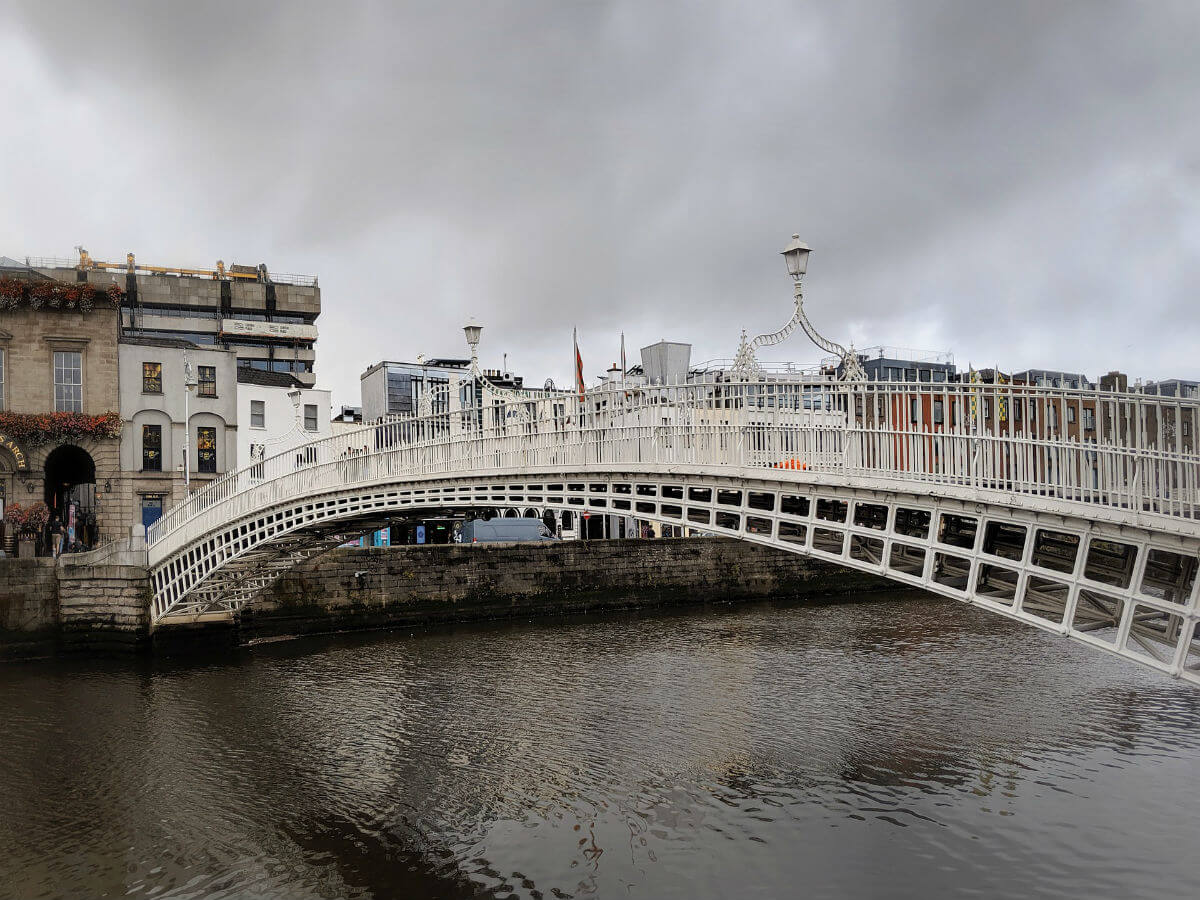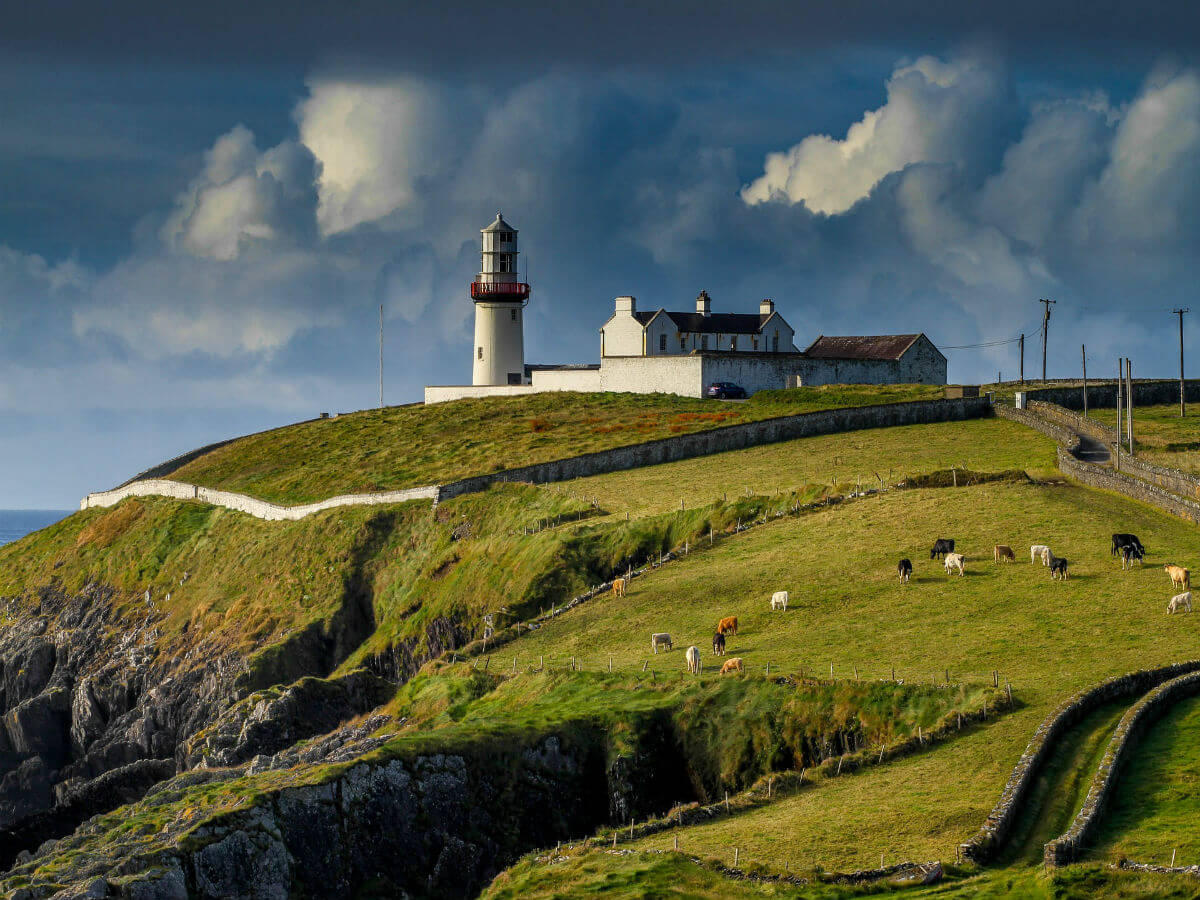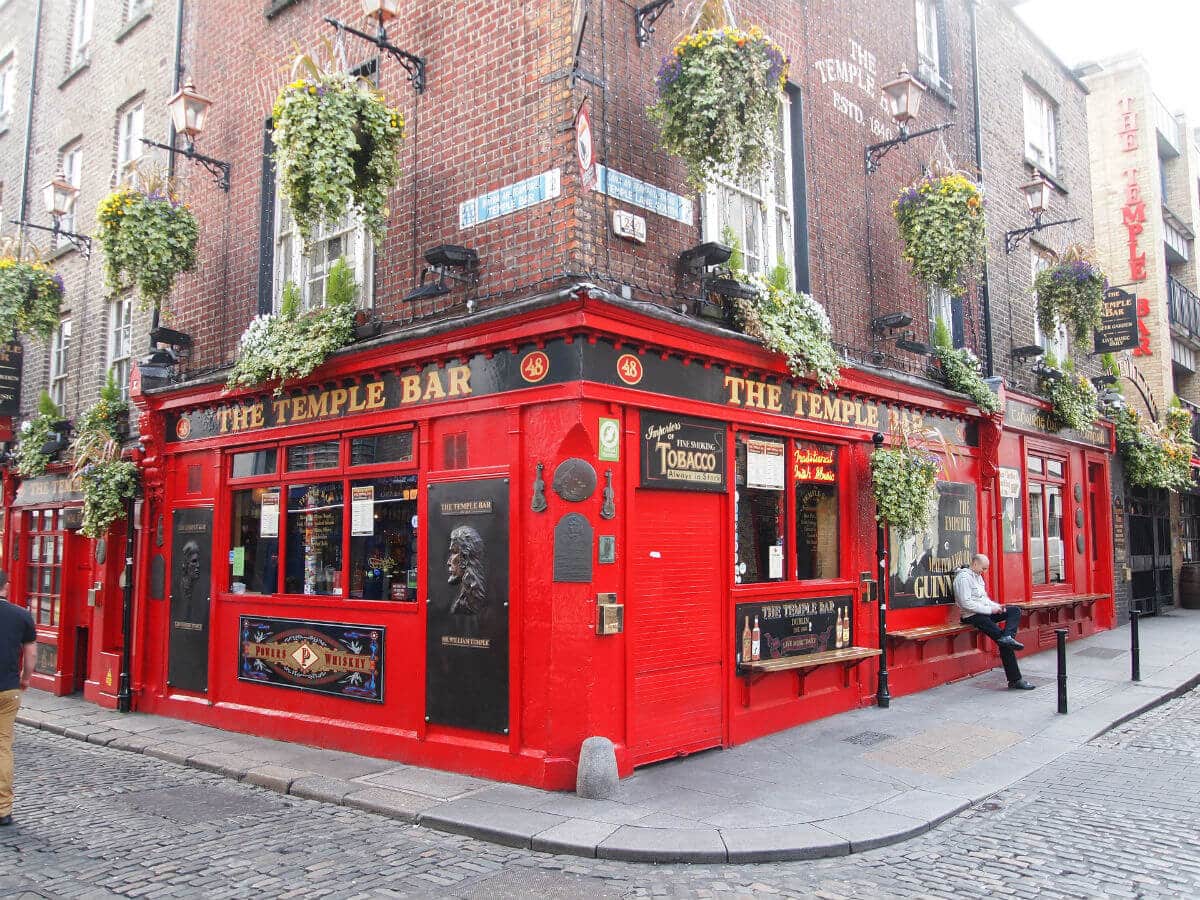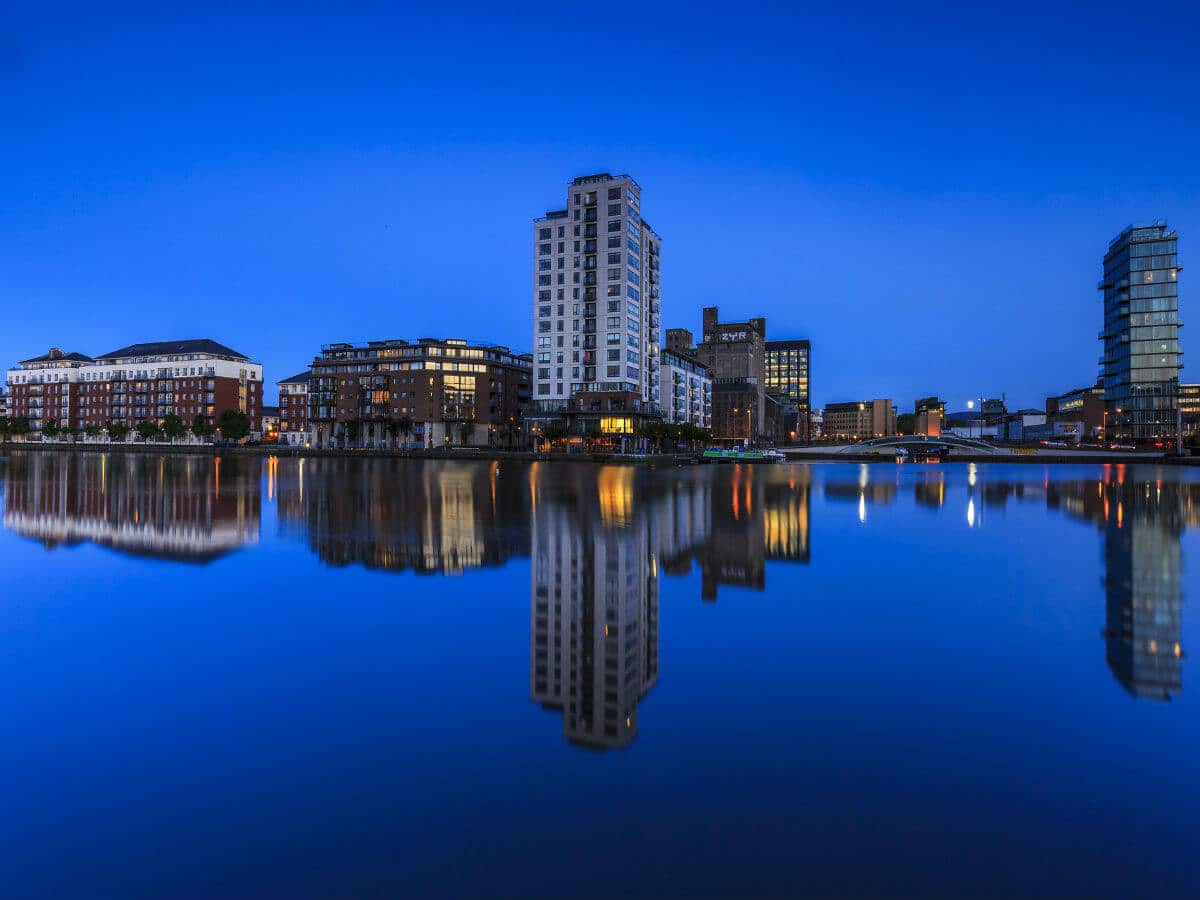Shopping in Ireland is a delightful experience. It offers a mix of traditional crafts, contemporary fashion, and local culinary delights. From bustling city centres to quaint village boutiques, the Irish shopping scene is diverse and vibrant, catering to all tastes and budgets.
In Dublin, Grafton Street is a must-visit destination. This famous pedestrian thoroughfare includes various shops, from high-street brands to unique boutiques. You’ll find everything from Irish woollen goods to handcrafted jewellery. Nearby, the historic Dublin Castle area features charming shops offering artisanal products, including handmade soaps and local crafts.
For fashion enthusiasts, Ireland boasts several local designers who create stylish clothing and accessories. Areas like Dún Laoghaire and Dublin have boutiques showcasing contemporary Irish fashion, allowing you to discover the latest trends while supporting local talent.
If you want to buy traditional Irish crafts, visit the Kilkenny Shop. It sells beautiful pottery, linen, and jewellery crafted by local artisans.
Galway has many independent shops selling everything from handwoven textiles to original artwork, fresh produce, and gourmet foods.
If you’re looking for a unique experience, consider visiting the Ballymaloe Cookery School shop in County Cork, where you can purchase high-quality kitchenware and local culinary products, including preserves and sauces made from ingredients grown on the school’s farm.
In addition to crafts and fashion, Ireland is famous for its food markets. From artisanal cheeses to freshly baked bread, these markets provide a taste of Ireland’s culinary delights.
When shopping in Ireland, you’ll find a variety of unique souvenirs that capture the essence of the country’s culture and heritage.
Here are some items you can buy when shopping with our Ireland tour packages:
- Aran Sweaters: Traditional, hand-knitted wool sweaters featuring intricate patterns.
- Irish Pottery: Beautifully crafted pottery from places like Belleek and Kilkenny, often decorated with Celtic designs.
- Crystal and Glassware: Waterford Crystal, which includes elegant pieces such as vases, glasses, and decorative items, is world renowned.
- Celtic Jewelry: Unique pieces featuring Celtic knots, shamrocks, and other traditional designs made from silver or gold.
- Tweed Goods: Items made from Irish tweed, such as caps, bags, and throws.
- Irish Whiskey: A bottle of locally distilled whiskey, with many distilleries offering unique blends and limited editions.
- Traditional Music Instruments: A tin whistle or bodhrán (a traditional drum) to bring home a piece of Irish musical heritage.
- Gaelic Language Items: Souvenirs featuring the Irish language, such as books, art, or signage, celebrate the country’s cultural identity.
- Artwork: Paintings or prints that depict Ireland’s stunning landscapes or cultural scenes.
- Food Products: Irish jams, honey, or baked goods, which capture the flavours of the region.




















